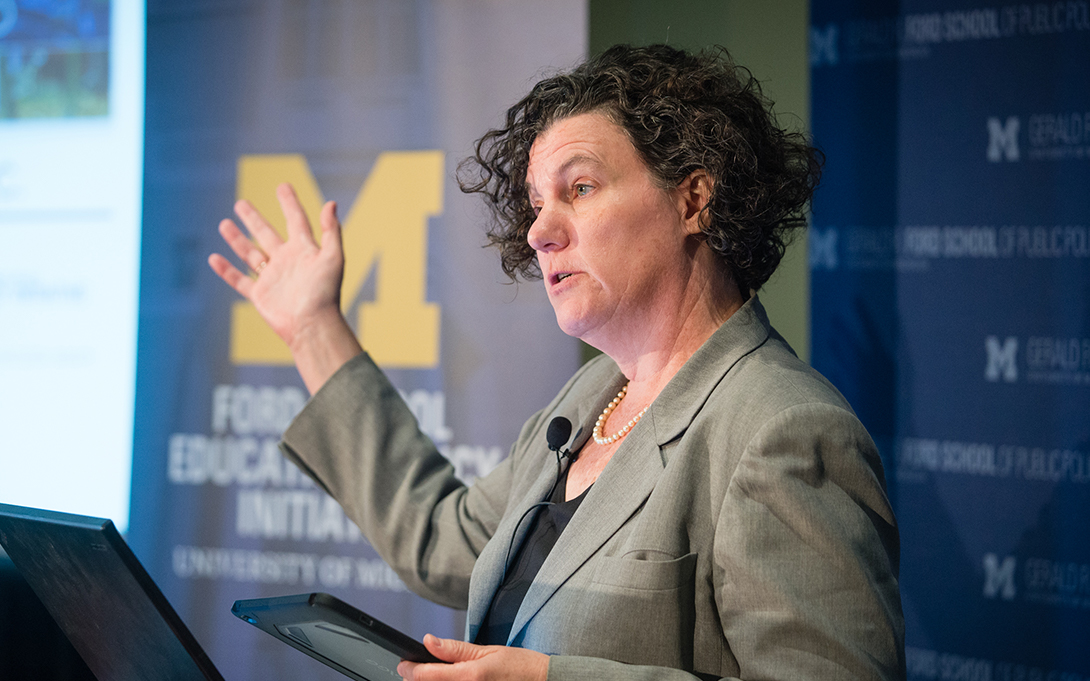
Ford School professor Sue Dynarski writes in a column for The New York Times that with coronavirus cases spiking in dozens of states, the prospect of anything resembling a normal school year is fading fast. Schools can’t safely reopen if infections are exploding in the communities they serve.
She says the broad consensus among experts on back-to-school priorities is that in regions where the pandemic appears to be under control, it is most important to get the youngest children back into school buildings, to stop the alarming slide in their learning. Older students, especially those in college, are better equipped to cope with the difficulties of online education.
However, she says, “as things stand now, much of the United States is preparing to do exactly the opposite.”
Highlights of the column:
Fifteen of the 20 largest school districts are expected to be teaching fully online in the fall, according to data collected by Education Week, a trade publication focused on education. By contrast, among colleges, the pattern is reversed. Just 128 — roughly 4 percent — of the nation’s thousands of colleges have announced plans to hold classes solely online, according to data gathered by Davidson College.
The argument for small children to be in school is that “if a child doesn’t learn to read, write and handle numbers early in primary school, she or he may struggle for the rest of her or his life. And as a practical matter, many young children can’t log themselves onto a computer and learn independently, as university students can.”
The educational needs of young children also have economic and inequity implications.
Yet for colleges, competition for tuition dollars is pushing them to take outsize risks to get students back on campus.
And there is another dichotomy: If competition for students is preventing many colleges from making choices that would benefit the public, constrained public revenue streams are behind the existential challenge for schools that educate younger students.
You can read the column here.
